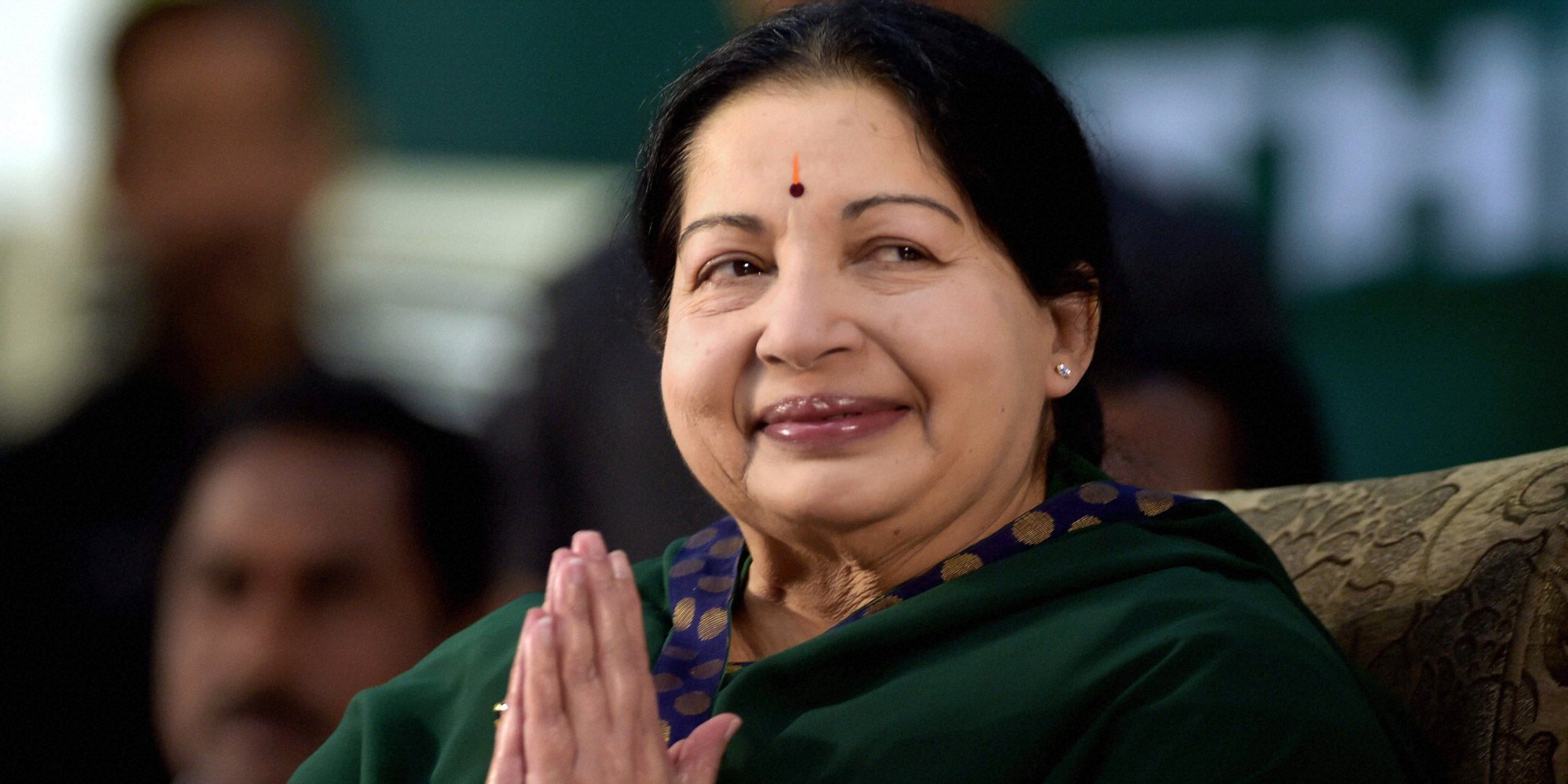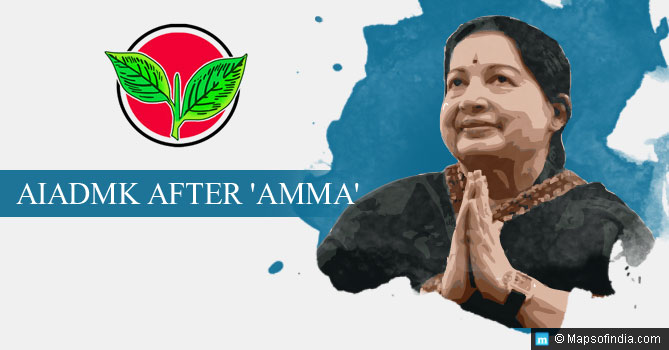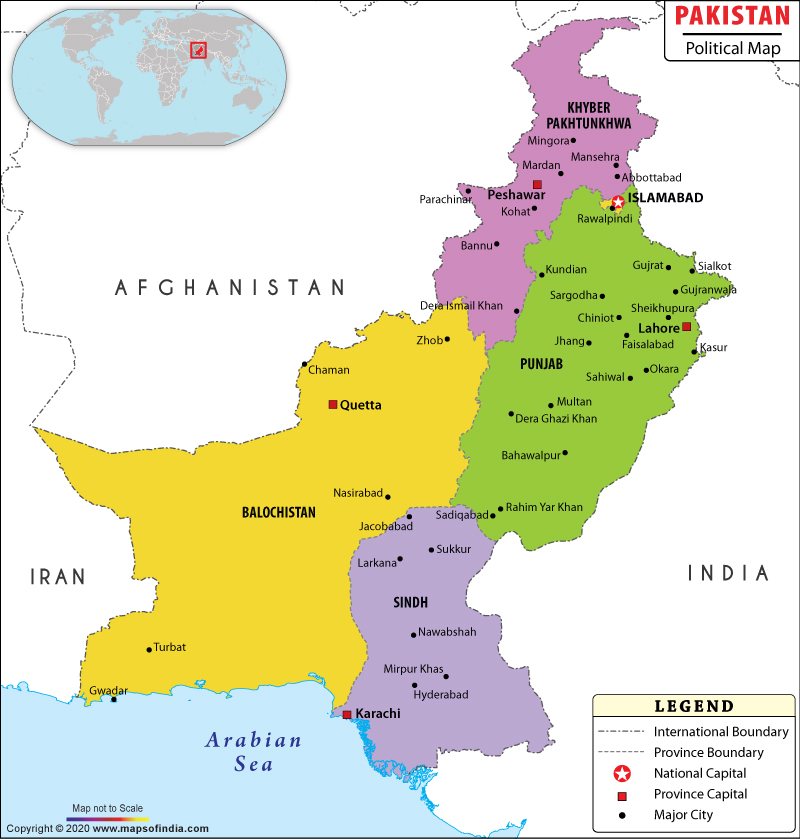Even though she had joined politics at the behest of her mentor M. G. Ramachandran in 1982, J. Jayalalithaa required no introduction. She was a successful actor who had appeared in more than 100 films, including in Hindi. She was a quick learner and perhaps this was the reason she took no time to learn the art of politics, even though the odds were heavily stacked against her.
First of all, she was a female in the political landscape of Tamil Nadu and secondly, she was a Brahmin. In the male dominated Dravidian politics which existed on anti-Brahmin plank, not only did she manage to establish herself as a true successor to Ramachandran after his death in 1987, but she also proved her critics wrong when her party the All India Anna Dravida Munnetra Kazhagam (AIADMK) got landslide victory in the 1991 assembly polls in the state. She went on to become Tamil Nadu’s chief minister for a record six times, indicating clearly the loyalty and support she commanded in the state. In fact, in the past three decades of this southern state’s politics, no one managed to form government two times in a row, except for Jayalalithaa. She symbolised stability and development in Tamil Nadu. But now when she is no more, people have begun serious speculations over the future of the AIADMK and the survival of the party-led Tamil Nadu government whose term ends in 2021. Like all regional parties, the AIADMK has been a one-man show (one-woman show rather) political outfit which derives sustenance from the charisma, magnetism and dynamism of their supremos. They seem to struggle for existence when their leaders are gone.
Will the AIADMK survive after Jayalalithaa?
It is too early to predict whether the AIADMK will survive as one political entity now or not and if it does, for how long. But speculations are flying thick and fast regarding the possible split in the AIADMK in case Jayalalithaa’s close confidant Sasikala Natarajan takes over the reins of the party in her hand and does not let the newly elected Chief Minister O. Panneerselvam function independently. It is said that for some time Sasikala may prefer to wait and watch or start networking with the party’s thousands of supporters and all 133 MLAs before moving towards taking the party’s reins in her hand. Panneerselvam has no political base, but backed by Jayalalithaa, he has twice served as the Chief Minister of the state; first in 2001 and second in 2014. He was sworn-in as the chief minister of Tamil Nadu again soon after Jaya’s death from cardiac arrest in December, 2016. Therefore, Panneerselvam will try his best to present himself as the true successor to Jayalalithaa if Sasikala tries to push him into the corner.
Is there any precedent of party splits in Tamil Nadu?
Yes, there has been a history of splits in the state. Conjeevaram Natrajan Annadurai, popularly known as ‘Anna’, parted with his mentor Periyar E. V. Ramasami-led Dravida Kazhagam (DK) to form the Dravida Munnetra Kazhagam (DMK) in 1949. A charismatic leader, Anna formed a DMK-led government in February 1967 in Tamil Nadu. However, just two years into office, Anna died of cancer. Anna was the first Tamil Nadu Chief Minister to die in office. After him, M. Karunanidhi took over the reins of the party sidelining V. R. Nedunchezhiyan; he was appointed as the acting Chief Minister of the state following Anna’s death. This created rumblings within the DMK, eventually leading to its split in 1972 when M G Ramachandran formed the AIADMK.
Does Jayalalithaa’s death serve as lesson for one-person headed parties?
While cadre-based parties like the BJP, the Left or mass-based political outfits don’t usually have a problem when their supreme leaders die, it becomes a cause for concern to outfits such as the Janata Dal (United), Mulayam Singh-headed Samajwadi Party, Mamata Banerjee-headed Trinamool Congress, Mayawati-led Bahujan Samaj Party, Naveen Patnaik-led Biju Janata Dal, Chandrababu Naidu-led Telugu Desam Party, Sharad Pawar-headed Nationalist Congress Party and others. In these regional parties, there is no second powerful leader to take charge of responsibility after the top leaders. As a result, it becomes hard to rule out the possibility of succession wars, the very reason of eventual splits in regional parties.
Why the concern is far deeper in the TMC and BSP?
Yes, concern is far deep in the TMC and the BSP. Headed by female leadership, these two parties have common characteristics in terms of party structure. In both the parties, the top leadership has not groomed anyone to become their successor. As a result, it is not clear who would take the charge after the supreme leader’s demise. Secondly, both wear overbearing personality on their sleeves. They have entered into the uneven territory of politics through their hard work. Throughout their political career, they have refused to take the backseat. While doing so, they have stopped others from taking forward their legacy too, resulting a deep vacuum in the second rank leadership. In addition to this, like Jayalalithaa, both TMC’s Mamata Banerjee and BSP’s Mayawati are unmarried. Consequently, there is no natural heir apparent either to carry forward these leaders’ political legacy. In that case, it becomes hard to expect continuity in these parties’ glowing influence once their leaders die.
Conclusion
Jayalalithaa’s death has left behind several unanswered questions before regional parties and their supporters. They thrive till their supreme leaders are alive and active. Once they are gone, theparty’s very existence becomes vulnerable. To prevent this, top leaders should select their successors and groom them for their potential roles at a future date to take care of their parties’ interest after them.
Read More…
Return of the Mannargudi Family
Puratchi Thalaivi Amma Jayalalithaa Jayaraman Is No More
Top Indian News Makers of 2016






